Who actually makes all these watch cases? Today it's the manufacturing brand but over most of the last Century that question couldn't be answered that easily. Particularly for steel watches their makers are close to a mystery as they were rarely marked. So let's find out what hallmarks exist and what brands and models could be associated with them?
February 14, 2025
What Are They Made Of? - A Historic Guide to Watch Case Materials

Marcus Siems @siemswatches
Collector, Author, Data Analyst
A few days ago a friend of the blog reached out to me because he couldn't find my guide about watch case materials. I had to think twice myself to realize that indeed I hadn't done this particular historical guide just yet...
The interest was related to the impression that nowadays yellow gold seems to be almost obsolete for classic catalogue pieces and for many brands rather reserved for flagship models (check "Why has yellow gold seemingly be abandoned"? - Joe and Chris J. Hall at TFW140).
 One of the aforementioned flagship models in yellow gold: The A. Lange & Soehne Datograph Handwerkskunst. Photo Courtesy of Watches by SJX.
One of the aforementioned flagship models in yellow gold: The A. Lange & Soehne Datograph Handwerkskunst. Photo Courtesy of Watches by SJX.
Is yellow gold really a dying 'grandpa's watch' material? It's an interesting question that we can nowadays quantitatively address with large data aggregators (EveryWatch) and trading platforms like Chrono24*. Based on these vast amounts of data we can describe quite well how popular certain features were at a given time.
But why stop at yellow gold? I analyzed over 260,000 listed watches manufactured over the last 95 years, spanning the period from 1930 to 2024 and 9 different materials (steel, titanium, silver, platinum, yellow gold, rose gold, white gold, gold-plated, and bicolored steel with gold):
 Figure 1. Distribution of the most common watch case materials between 1930 and 2024. Data Courtesy of EveryWatch & Chrono24.
Figure 1. Distribution of the most common watch case materials between 1930 and 2024. Data Courtesy of EveryWatch & Chrono24.
Regarding Joe's question: Indeed yellow has seen quite a dip in popularity at least since the 2000s. But apart from this initial spark for this analysis the patterns of popularity display a lot of interesting dynamics. The early 1930s, the 1950s and in today's market we actually see a lot of versatility and variation. Whereas around 1990 there seem to have been basically just two and a half evenly distributed types of materials: Steel, yellow gold and the mixture of both.
To not get lost in too many lines within a single plot let's break this up and take a closer look into each material individually.
1) Steel
 Figure 2. Popularity of steel cases between 1930 and 2024. Photo Goldammer Archives, Data Courtesy of EveryWatch & Chrono24.
Figure 2. Popularity of steel cases between 1930 and 2024. Photo Goldammer Archives, Data Courtesy of EveryWatch & Chrono24.
Yes, it won't be too surprising but steel is the most common watch material (and by far). Based on the data at least 40% of all watches were made from steel year in and year out. This number was even doubled during WWII and around 1970. The latter was the time when 'sturdy' became a sought after feature ([source]) and also the beginning of the gold crisis with tremendous spikes in precious metal prices ([source]) and the reinterpretation of steel as a "luxurious" material ([source]).
On the other hand, the low point is around 1990... it seems people wanted that bling. It's those 'Miami Vice' and 'Wolf of Wall Street' years that see the most pronounced decline in steel case popularity.
2) Yellow Gold
 Figure 3. Popularity of yellow gold cases between 1930 and 2024. Photo Goldammer Archives, Data Courtesy of EveryWatch & Chrono24.
Figure 3. Popularity of yellow gold cases between 1930 and 2024. Photo Goldammer Archives, Data Courtesy of EveryWatch & Chrono24.
The popularity trajectory yellow gold has taken over the last Century is one of the most fascinating ones. First, we got the aforementioned modern decline. During the 2020s less than 4% of watches are yellow golden. It hasn't cracked 10% popularity in over 20 years! Second, this appears particularly shocking as the material actually has been an absolute classic. It scored only behind steel from 1930 up until the mid-1980s with 12-30% market share. Today it's placed sixth.
But there's even more. Third, precious metal watches are extremely common prior to 1960 with only a dip in the early 1940s due to the war years. It's the period of "classy dressy". And finally, there's this prominent peak in the 1980s - the "bling crave". And this second increase is surprisingly high. Remember how I pointed out that the gold price spiked during the 1970s ([source])? The maximum was reached exactly during the early 1980s. This means that gold watches were not only extremely high in demand** but also historically expensive!
3) Silver
 Figure 4. Popularity of silver watch cases between 1930 and 2024. Photo Akkerman Vintage Watches, Data Courtesy of EveryWatch & Chrono24.
Figure 4. Popularity of silver watch cases between 1930 and 2024. Photo Akkerman Vintage Watches, Data Courtesy of EveryWatch & Chrono24.
Silver is one of the case materials we speak about least. Not too surprisingly as modern watches are close to never silver. Tudor might actually be one of the very few exceptions, definitely the only one that comes to my mind... But historically it has its rightful place in this list. During 19th and early 20th Century watchmaking as a whole and wristwatch-making in particular silver was a sought after materials, which made it the third most common material.
We see an additional (small) resurgence during the 1970s to 1990s for example through the works of designer Andrew Grima for Omega. However, part of that small peak can also be attributed to the somewhat ambiguous nature of Must de Cartier Tank watches - these are gold-plated watches with a sterling silver base and thus sometimes listed as 'silver'.
4) Rose Gold
 Figure 5. Popularity of rose golden cases between 1930 and 2024. Photo Goldammer Archives, Data Courtesy of EveryWatch & Chrono24.
Figure 5. Popularity of rose golden cases between 1930 and 2024. Photo Goldammer Archives, Data Courtesy of EveryWatch & Chrono24.
Rose gold displays a very double edged history. On the one hand it's the classic color of the late Artdeco (peaking at 12% market share in 1948) and was used for many amazing dress watches. On the other hand it has become one of the hottest modern gold colors... well it actually is The most common modern gold hue and the second most prevalent material of last decade! But in between? You'd be very challenged to find any 1970s or 1980s rose golden watch.
It's the 'secondary' gold that comes in first today. It's arguably the 'loudest' of the three classic gold colors, which makes it very suitable for the expressive Artdeco period. Over the last decade modern watch trends seem to have been going towards 'stealth wealth' (geographically likely more European, see [here] and below) so how come it's rose gold that takes the crown in 2024? It's hard to tell without proper data backing any of this but there's still the idea of the Asian market driving rose gold demand in watches ([source]). There are also some generational effects ([source]) and fashionable colors from the tech sector introducing itself into the more long-lived cycles of watch design ([source], [source]). But if it's truly one of these or a mixture of all of this is still up for debate...
5) Gold-Plated
 Figure 6. Popularity of gold-plated watch cases between 1930 and 2024. Photo Goldammer Archives, Data Courtesy of EveryWatch & Chrono24.
Figure 6. Popularity of gold-plated watch cases between 1930 and 2024. Photo Goldammer Archives, Data Courtesy of EveryWatch & Chrono24.
Before we start with the distribution: What is actually a gold-plated watch? If you think 'duh! that's super easy...' you're probably right but it still doesn't mean that there's a good consensus in the watch world what we should call 'gold-plated'. Gold plating refers to process in which a thin layer of gold is (electro-)chemically applied to another base metal ([source]). This is actually not the same as 'gilding' for example ([source]) or adding a cap of gold to the watch case (as for example in Movado 'mixte' models; [example], [example]), which is more like glueing. You think that's nitpicking? Au contraire! It actually means that the dissociation between gold-plated and bicolored watches is not as trivial as you might think. What makes a gold-cap for example so different from a bicolored watch and vice versa?
Putting semantics aside, we observe that gold-plated watches have been relatively common since the late 1930s (peaking slightly below 4% market share). This share has been declining over the years until the concept was put to rest during the 2000s... A time when bicolored watches fully took over.
6) Bicolored - Steel & Gold
 Figure 7. Popularity of bicolored (steel & gold) watch cases between 1930 and 2024. Photo Goldammer Archives, Data Courtesy of EveryWatch & Chrono24.
Figure 7. Popularity of bicolored (steel & gold) watch cases between 1930 and 2024. Photo Goldammer Archives, Data Courtesy of EveryWatch & Chrono24.
Where gold-plated watches try to hide the steel, bicolored watches embrace both materials. It's the contrast that makes the steel & gold timepieces shine. The boldness involved in mixing the luxurious appeal of (mainly yellow) gold with the robust, industrial style of stainless steel is very much the defining factor for the success of this unlikely couple. It thus doesn't surprise too much that the 1980s and 1990s - you know during the "bling crave" - saw the highest market share at around 27% (1990).
It's also interesting that bicolored watches seem to have been stably sought after. Since the 1950s until today the annual market share has always been around 10% and makes bicolored watches the second most popular choice in new watches.
7) White Gold
 Figure 8. Popularity of white golden cases between 1930 and 2024. Photo Goldammer Archives, Data Courtesy of EveryWatch & Chrono24.
Figure 8. Popularity of white golden cases between 1930 and 2024. Photo Goldammer Archives, Data Courtesy of EveryWatch & Chrono24.
It is striking how rare white golden vintage watches have actually been. During the 20th Century white golden pieces peaked around 3.5% annual market share. And out of all the decades only during the 1960s and 70s space-age. It seems that white, precious metal watches (white gold and platinum) are predominantly a thing of the neo-vintage era of the 21st Century! It's during the 2000s that white gold peaks with over 7% market share, doubling the 1970s numbers!
8) Platinum
 Figure 9. Popularity of platinum watches between 1930 and 2024. Photo The Keystone, Data Courtesy of EveryWatch & Chrono24.
Figure 9. Popularity of platinum watches between 1930 and 2024. Photo The Keystone, Data Courtesy of EveryWatch & Chrono24.
And we stay with the 'stealth wealth' neo-vintage favorites. Platinum is rare! Close to unicorn level it is the ultimate 'special order' material in today's world and pretty much has been close to that during the entire 20th Century. Platinum peaks just a little over 2% market share during the early 1930s and the late 2000s. To put this into perspective: There is about 1 platinum watch for every 4 white golden examples!
Historically, Platinum and white gold share pretty much the same popularity fate... with two exceptions. While WG has been quite popular during the 1960s/70s, platinum had its rise to neo-vintage glory starting a good 10 years before their white golden counterparts. The 2000s WG-peak might thus well be a consequence of the relative success platinum had the prior decade.
9) Titanium
 Figure 10. Popularity of titanium watches between 1930 and 2024. Photo Hairspring Watches & Wohoo Time, Data Courtesy of EveryWatch & Chrono24.
Figure 10. Popularity of titanium watches between 1930 and 2024. Photo Hairspring Watches & Wohoo Time, Data Courtesy of EveryWatch & Chrono24.
I feel a bit like a fish out of the water. I've had little to no contact with titanium watches in the past. No wonder, as I'm all out into mid-Century vintage and the material has only entered the big stage of the watchmaking world in the early 1980s as the crossover between watch and car/aerospace design: It was IWC's collaborations with Porsche Design, Aerospatiale and the German Bundeswehr that started the trend for serially produced full titanium watches ([source], [source]). But it needs to be noted that IWC came after Omega made (less than a dozen) Ploprof titanium prototypes during the early 1970s ([source]) and Citizen launched and experimental titanium chronometer X-8 with less than 2,000 pieces ever made ([source]).
However, as late as these pieces evolved, they have risen to be one of the hottest materials in today's watch world. With over 6% annual market share during the late 2010s and 2020s the ultra-light titanium is right now the fourth(!) most popular watch material... who would have guessed that?
Conclusion
The story behind all of this is more than just a few colored lines. If you follow these lines, draw the connections, and look at the crossing points, one can quickly realize that these patterns do not only represent contemporary color favorites but overarching design trends. It shows that the material is an integral part of the Zeitgeist. Simply put, you can't have lavish or sporty designs without a frame supporting these concepts.
If you want to know what is hip during an era you just have to look at the trending materials. I thus replotted the overall distribution of all 9 materials relative to their respective historical maximum. This way we can compare relative trends between materials that are otherwise too far apart to compare due to their difference in absolute numbers. Do we find design eras based on the material trends?
 Figure 11. Distribution of watch case materials between 1930 and 2024 relative to its historical maximum. Shaded areas indicate design eras defined through material distributions. Data Courtesy of EveryWatch & Chrono24.
Figure 11. Distribution of watch case materials between 1930 and 2024 relative to its historical maximum. Shaded areas indicate design eras defined through material distributions. Data Courtesy of EveryWatch & Chrono24.
I know this is even more crowded that the very first figure but let me try to explain. I defined specific eras (shaded areas) solely on the distribution of materials and when prevalent materials crossed.
"Classy Dressy I" (~1930-38). It shows a strong prevalence for oldschool watch materials like yellow gold, platinum, silver and gold-plated.
"War Years" (1939-45). A prevalent period of steel production that breaks up the larger "classy dressy" period.
"Classy Dressy II" (1946-58). The second classic dress watch period is defined through the post-war eclipse of rose and yellow gold.
"Sturdy Luxury" (1958-78). With a more active lifestyle the rise of the steel sports watch is inevitable during the 1960s. The gold crisis of the 1970s is further fueling the lust for steel and leads to an reinterpretation of it as a newly luxurious material.
"Bling Crave" (1978-97). This period is defined through 'new money' entering the realms of watch collecting and demanding representable timepieces to show that. It is also defined through a relative monotony in colors as there's just steel, yellow gold and the mixture of both.
"Stealth Wealth" (1998-2011). Interestingly, after the rather loud 80s and 90s the demand for valuable objects remains but the neo-vintage era in the new millenium moves towards understated luxury with an increase in white gold and platinum.
"Indie Palette" (2012-today). Our modern taste seems to be dominated by a mixture of functionality and performance oriented materials on the one side (steel, titanium) and strong aesthetics on the other (rose gold). I thus coined it the "Indie Palette" as this is pretty much the concept behind many high-end independent watchmakers. However, this trend is not reserved for Haute Horlogerie but every price bracket as it seems.
 No period does necessarily need to be completely homogenous. Looking into the different examples of the time, different concepts can be identified. Yet still, I'd argue that even this AP 6005 and an Omega Chronostop share something in their design languages. But maybe that's something for later. Photo Goldammer Archives.
No period does necessarily need to be completely homogenous. Looking into the different examples of the time, different concepts can be identified. Yet still, I'd argue that even this AP 6005 and an Omega Chronostop share something in their design languages. But maybe that's something for later. Photo Goldammer Archives.
This is a guide on the historical distribution of watch case materials. But it is also much more than this. We could for example quantitatively answer the question "if yellow gold has been abandoned in recent years" - and the answer is "pretty much":
The percentage of yellow gold watches in today's market is historically low: In 2024 YG is about 5 times less popular than during its historic maximum and still less than half as popular as during previous low-points. Yellow gold came from a confident second place for over fifty years, down to being the sixth placed material... making it the least favorite gold color in today's market (bicolor > rose gold > white gold > yellow gold). This trend is further supported by collections that have historically been yellow gold flagships - like for example Patek Philippe's Ellipse ([source]) - to be "re-colored" in white and rose ([source]).
 The "standard" modern Patek Philippe Ellipse (since the late 2000s ([source]) is no longer yellow gold but rose golden (right) and platinum (left). Photo Courtesy of Patek Philippe.
The "standard" modern Patek Philippe Ellipse (since the late 2000s ([source]) is no longer yellow gold but rose golden (right) and platinum (left). Photo Courtesy of Patek Philippe.
And there's an even bigger picture emerging from historical guides like this. As I pointed out above "why stop at yellow gold"? Just me doing these analyses and visualizations a) fostered my understanding of historical design evolutions, b) gave me completely new insights and c) brought a ton of questions that can be addressed with it... I'm thinking about comparing gold-plated vs. bicolored on a technical and quantitative level. Or taking a closer look at "geezer watches" quantifying this 2023/24 trend. How's the watch world been like in the 1930s. Also what's the connections between the neo-vintage era and "stealth wealth" materials? And since we're at it: Why was white gold so popular during the space-age years?
In the meantime I'd be very happy if you'd let me know what you think of these findings ([say Hi]). What surprised you the most? What insight did I miss? And what finding needs a further spotlight? I'm sure I'm not the only one seeing watch stories in the numbers...
Acknowledgements
Sometimes it takes an interested reader or another professional to find the truly exceptional and interesting stories. So a big thank you goes out to Chris J. Hall, publisher of The Fourth Wheel newsletter.
Footnotes
* I discussed the pros and cons of these large public trading platforms some time ago [here].
** One might think this is also a slight overrepresentation of the 'geezer watch' genre on the market these days... It seems that's only half of the story. Data I extracted in early 2021 (pre-geezer trend) still shows a similar trajectory (data not shown) but the 1980 peak was slightly less pronounced (about 10% below the 1950 maximum).
All rights on text and graphics reserved to the Author.



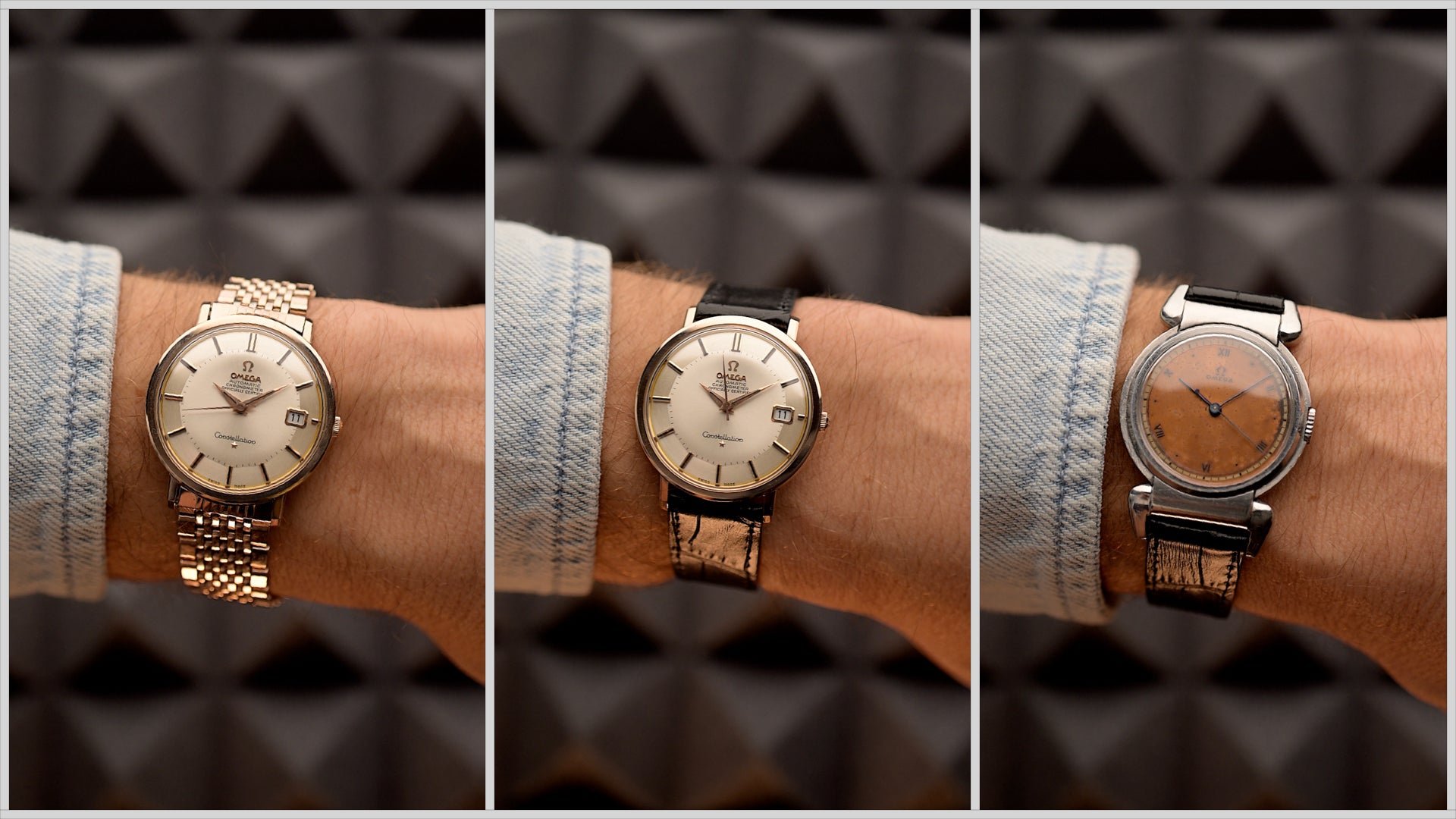
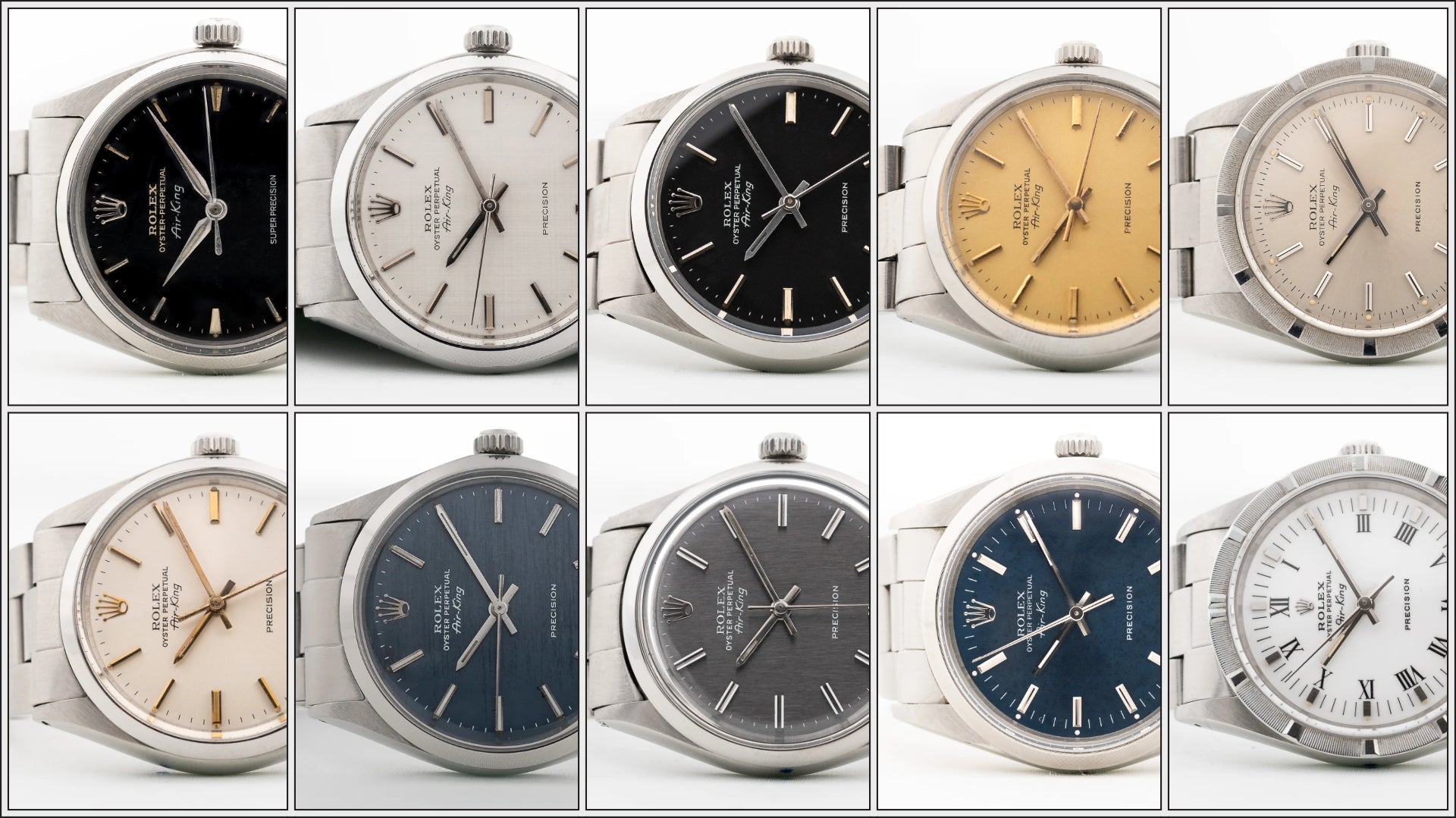
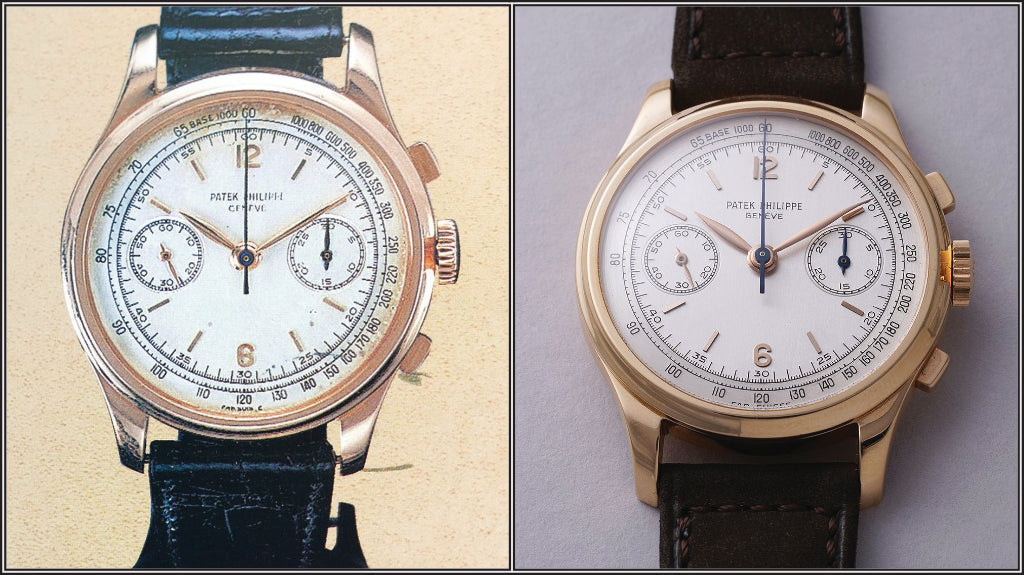
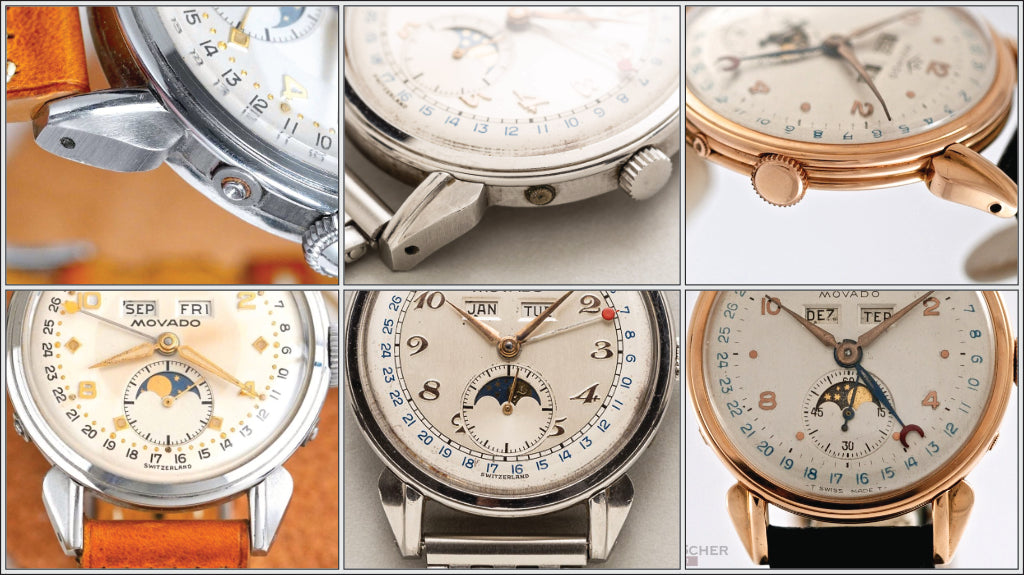












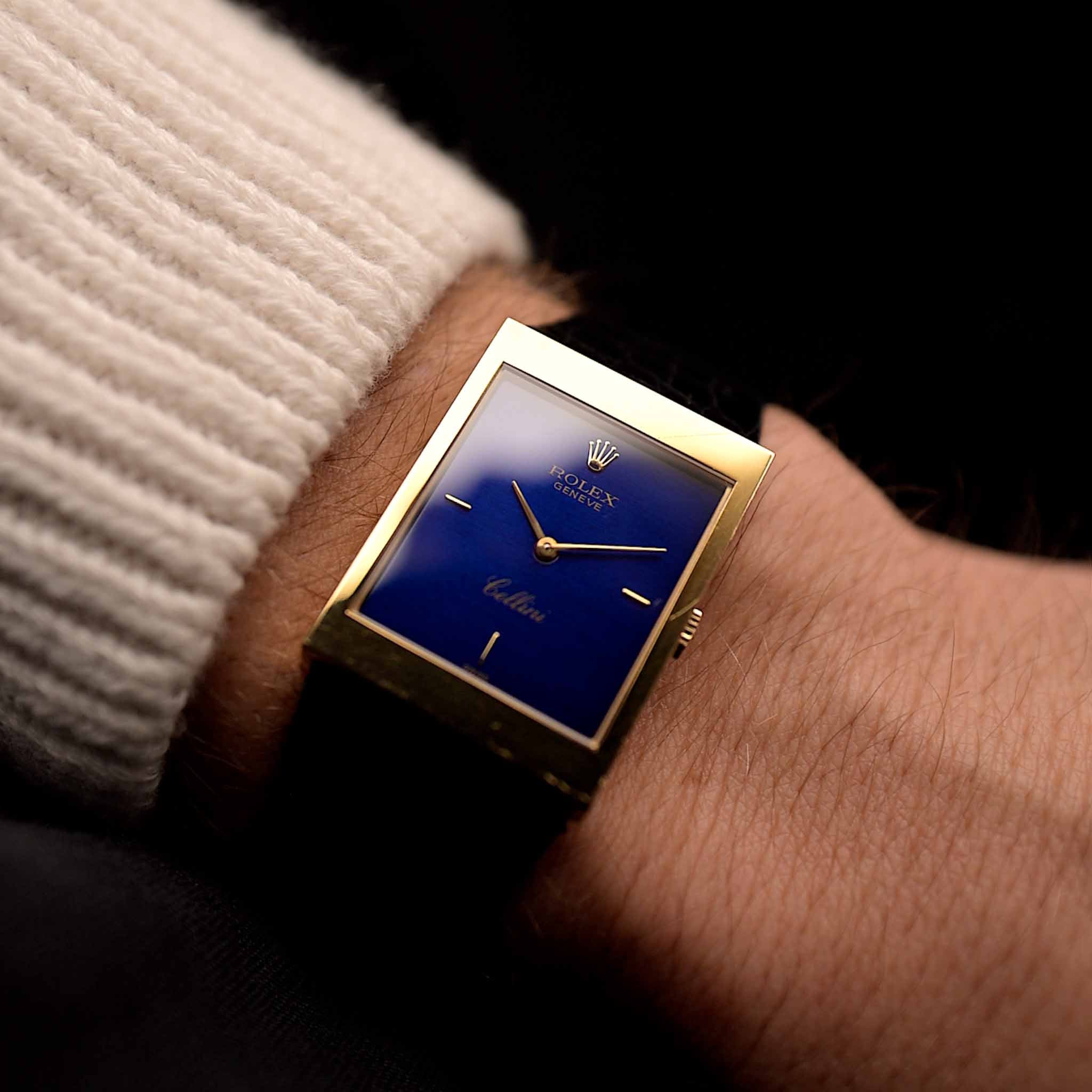




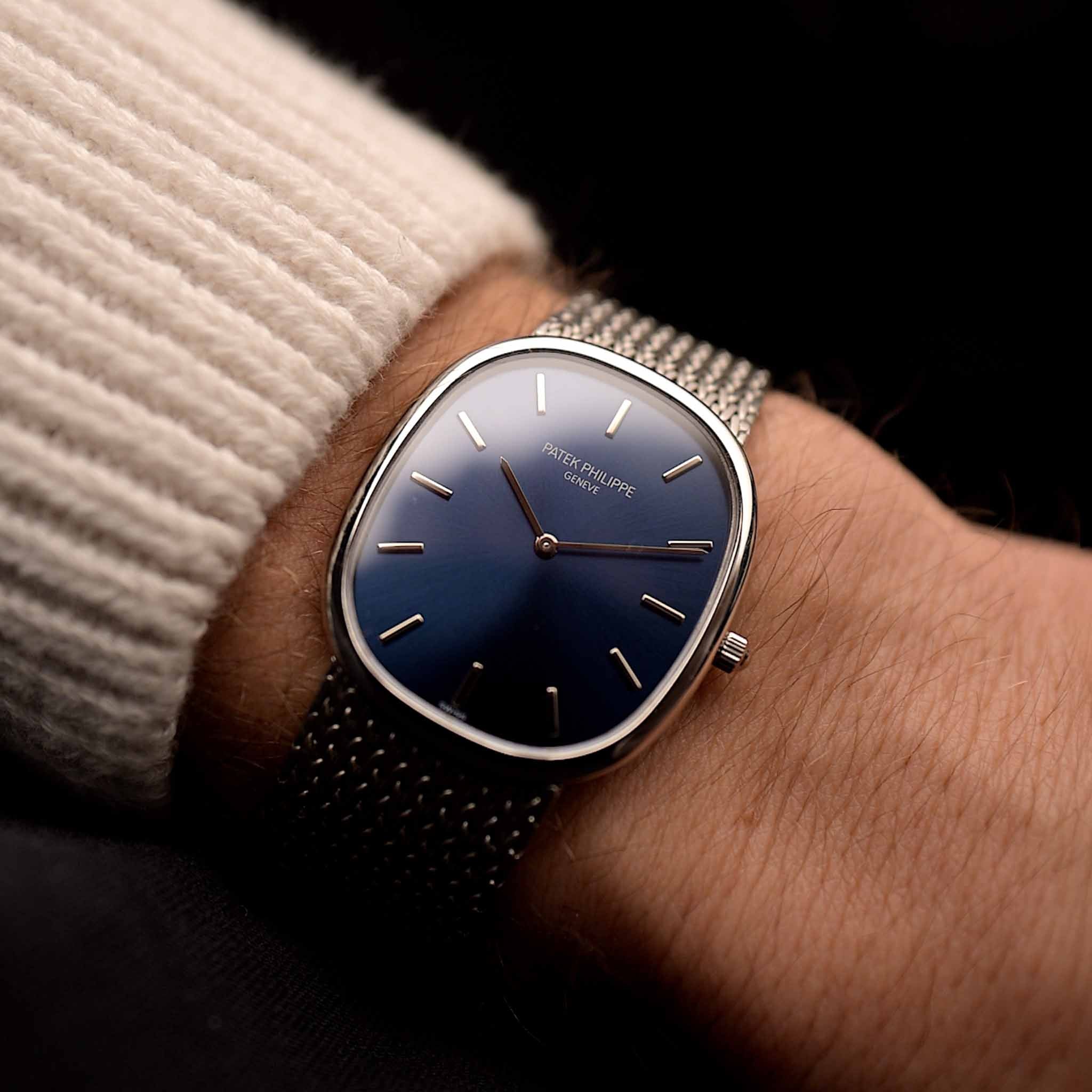
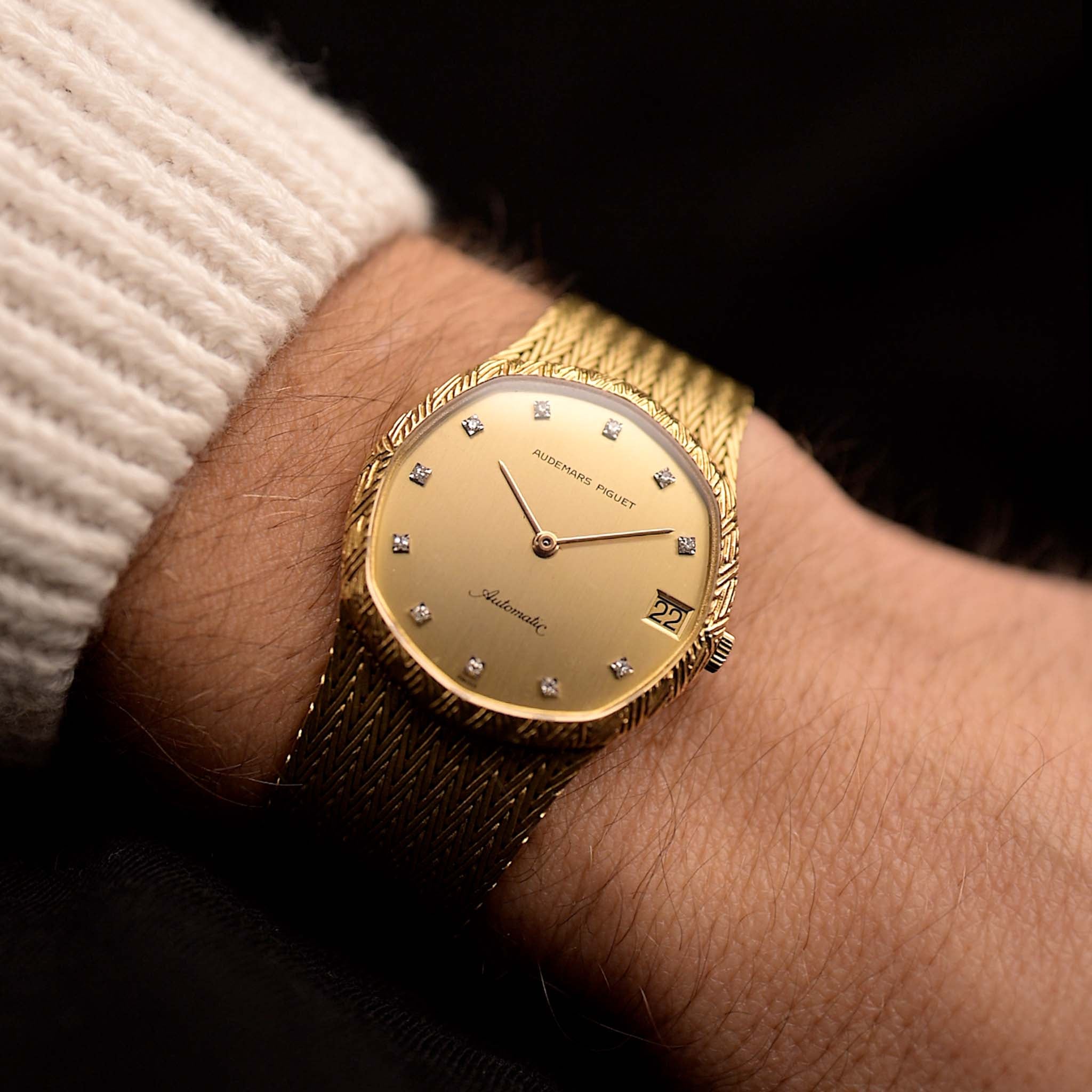
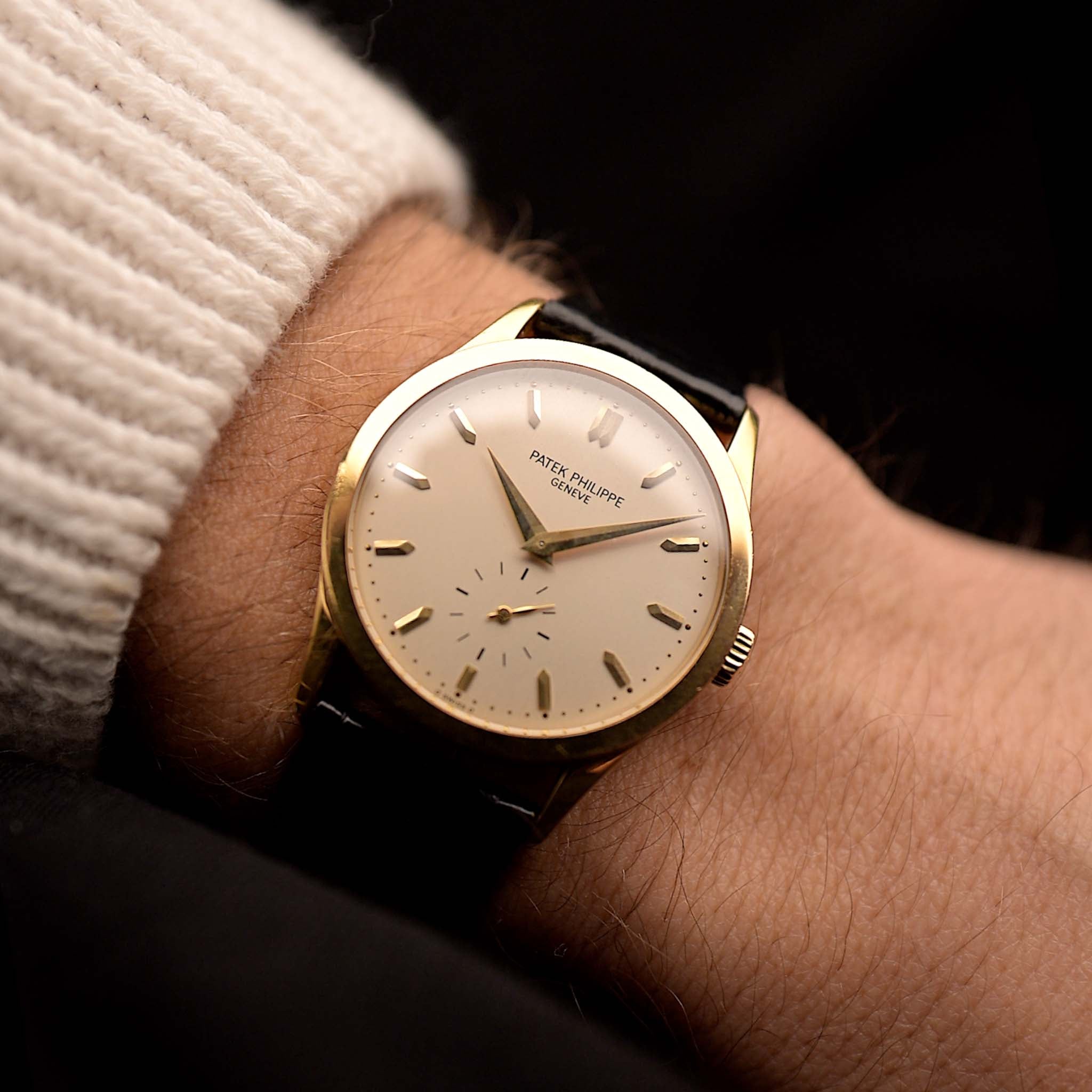
Leave a comment